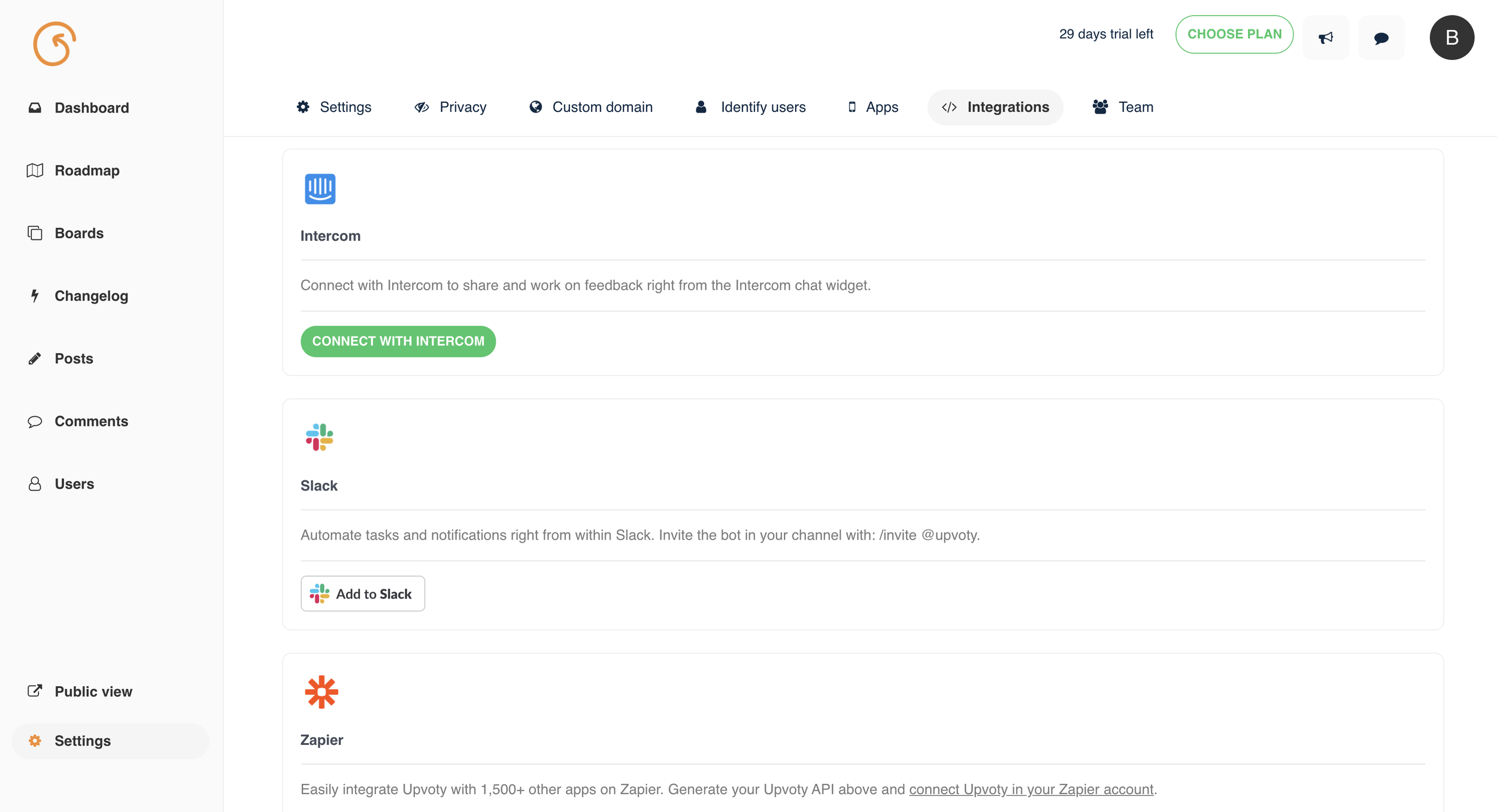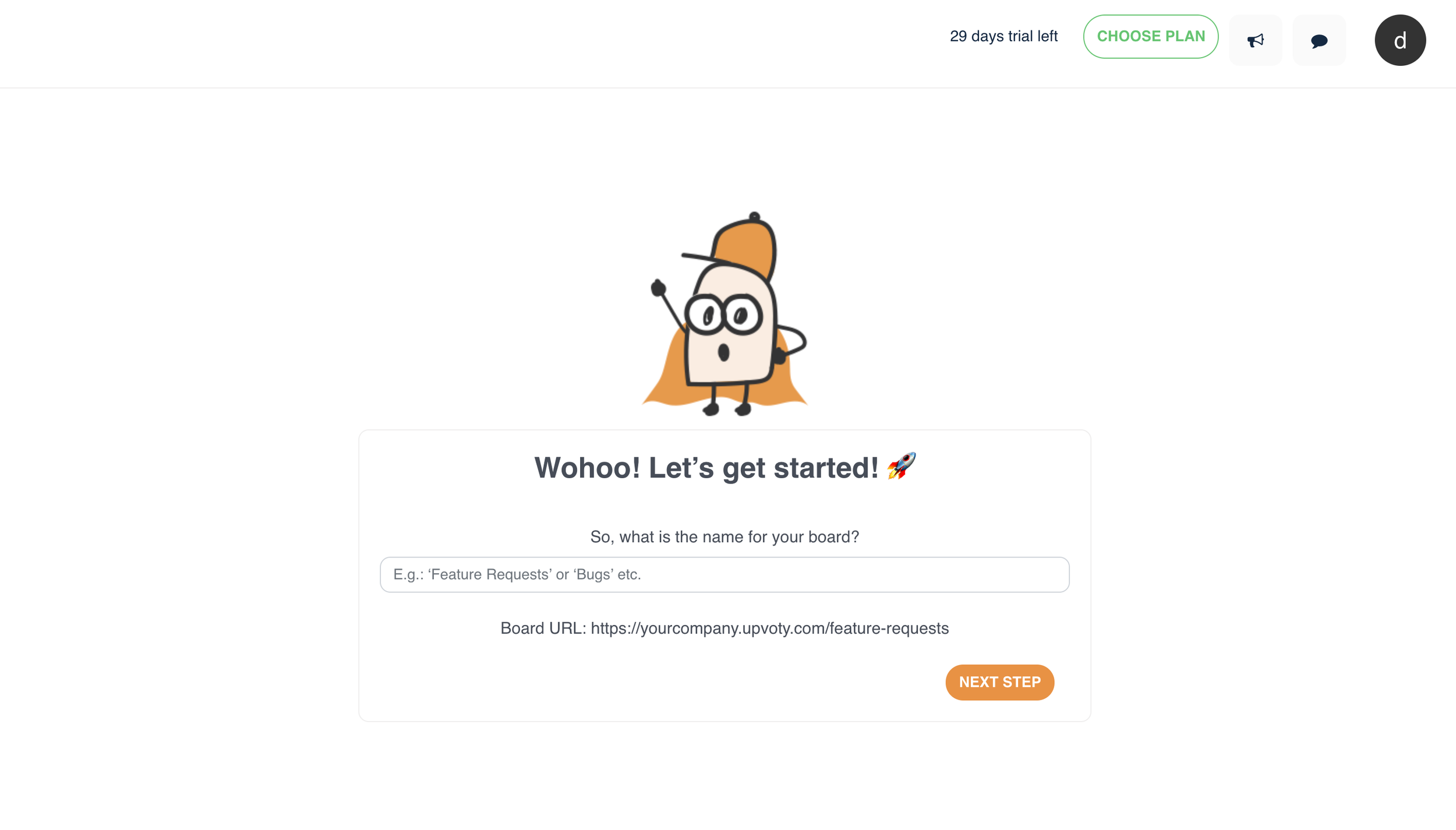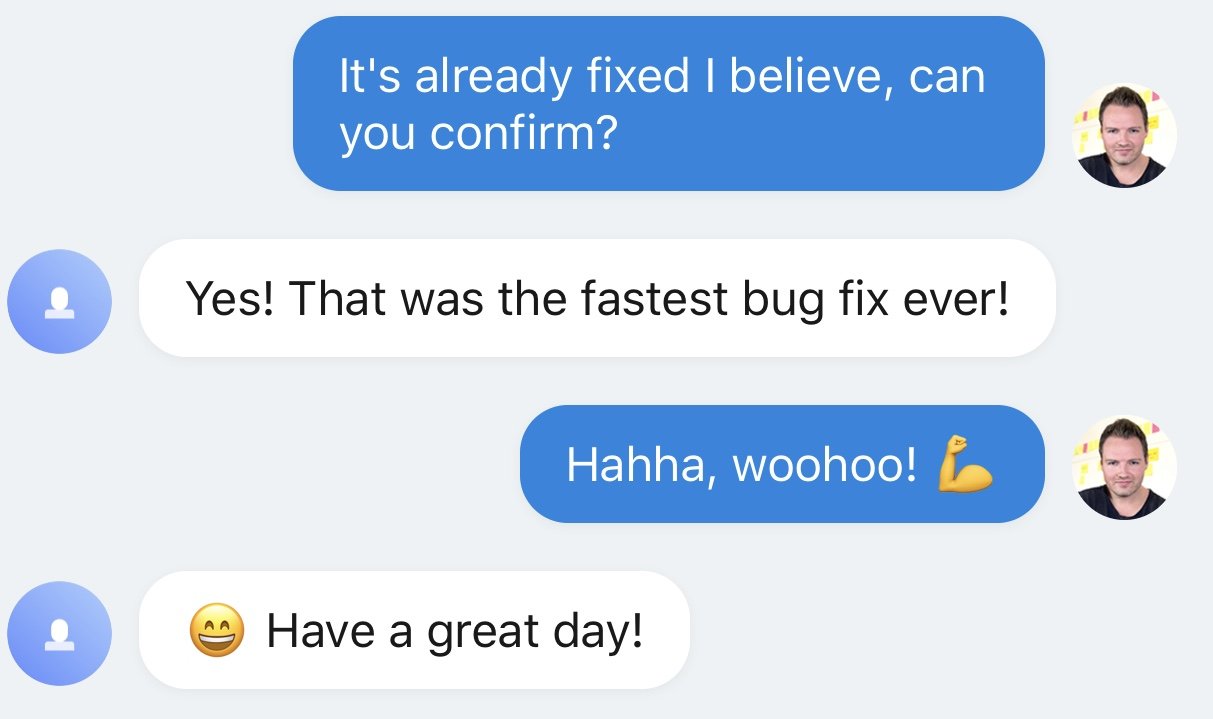Bulletproof Steps to Reduce Your Churn Rate
Churn rate: some hide it; others have no problem being transparent about it. But we’re all trying to reduce it as much as possible.According to Patrick Campbell, founder, and CEO of ProfitWell, “Customer churn is more disastrous for subscription companies than any other type of business.” No surprise, is it?As Campbell mentions, “Revenue is tied directly to recurring relationships in the subscription model, which makes reducing churn especially important. Customer acquisition cost (CAC) is especially high for subscription businesses, so it’s important that they focus on retention. Relying solely on acquisition isn’t necessary when there are monetization opportunities in their existing customer relationships.”
"We’re all trying to reduce churn rate as much as possible"
There are different types of churn. For example, there’s a passive and active churn. Passive churn refers to customers who drop out of the subscription without even knowing it. This may happen when a transaction failed or their credit card expired. Obviously, you can reactivate passive churn users once you’ve figured out the problem and notified them. Active churn, on the other hand, is more serious, because it involves a voluntary action on behalf of the users.Having a high churn rate can mean a few things.First, it can signal that your users didn’t find the expected value or weren’t able to achieve their wanted results. Second, it may involve a stressful use of the product, resulting in a bad UX experience. Third, it may indicate that your users didn’t feel your team provided adequate support when using the product.Last but not least, your SaaS customers will churn because they’ve discovered a better product or alternative. No matter the reasons, though, a high churn rate means that you have a big problem and have to solve it … now.
Reducing the churn rate versus attracting new users
Which is better: To focus on customer acquisition or on customer retention? This question is particularly valuable when you’re at the beginning or lacking resources.In one of his articles, Patrick Campbell argues, “The SaaS community is obsessed with acquisition.” He also adds, “But even though the acquisition is a vital growth lever, it is often overplayed at the expense of other growth opportunities. Retaining customers (getting them to continue using your product) and monetizing customers (improving the way you earn revenue) are other important and hugely effective ways to grow your SaaS business.”
"Your SaaS customers will churn because they’ve discovered a better product or alternative"
In other words, although you should be proactive in acquiring new customers, you should also double down your efforts in retaining them and reducing the churn rate. That’s especially true, considering that getting new leads interested in your product is often more costly and difficult than trying to over-deliver to your existing customers to keep them happy.Moreover, according to Amplitude, “Customer retention is essential for any business to develop sustained growth and revenue. It is inseparable from customer acquisition, as both are essential factors for growing a customer base. Customer retention is arguably a priority over new user acquisition because the cost of acquiring a new customer greatly exceeds the cost of retaining an existing one.”Having this in mind, let’s see the actions you can take to reduce the churn rate.
Actionable steps to reduce your churn rate today
If you have a high churn rate, don’t worry: it’s a reversible indicator you can control and lower. Here’s how:
Step 1. Work on helping users integrate your product into their daily workflow
People won’t have much use for your product if they can’t adjust it to their work dynamics. Obviously, when using a SaaS product, it’s expected for people to make some changes in their routine and learn how to incorporate the tool in their daily workflow.However, when designing a platform, always remember that people will only keep using it if it’s easy to integrate and merge with other tools they’re already using. For example, we decided to offer an all-in on integrations. People can use our product along with the tools they’re already familiar with.
"If they can’t adjust it to their workflow, they'll leave"
We offer our customers the possibility to connect with Intercom and work on feedback right from the Intercom chat widget. They can automate tasks and notifications right within Slack. They can also track usage data from their roadmap and boards through Google Analytics integration. Furthermore, we’ve also launched Chrome and Firefox extensions and a macOS app.As you can see, we didn’t expect our customers to change their work habits. Instead, we made a list of integrations and gave people the chance to combine our tool into their workflow without any hassle. That’s an important thing to do if you want to keep your customers happy and reduce the churn rate.
Furthermore, we’ve also launched Chrome and Firefox extensions and a macOS app.As you can see, we didn’t expect our customers to change their work habits. Instead, we made a list of integrations and gave people the chance to combine our tool into their workflow without any hassle. That’s an important thing to do if you want to keep your customers happy and reduce the churn rate.
Step 2. Strip your product of irrelevant features
Robust platforms often involve multiple features and options people can use to achieve their goals. However, a cluttered dashboard can feel less professional and more confusing. That’s why we recommend you strip your product of irrelevant features. To reduce the clutter and guarantee a results-driven platform, we often ask people different questions, such as: “Are you using Upvoty for internal or external feedback?” Based on their answers, we’ll remove a couple of features that aren’t aligned with their purpose and goals. This way, we keep the dashboard clutter-free and relevant for what our customers need.
Based on their answers, we’ll remove a couple of features that aren’t aligned with their purpose and goals. This way, we keep the dashboard clutter-free and relevant for what our customers need.
Step 3. Ask your users to provide feedback and improve your product accordingly
That’s a big one. To ensure a lower churn rate, you’ll want to involve your customers in the development of your product. In other words, the message you have to send is that their opinion matters and you’re taking careful note of what they want to change or improve about your product.You can use Upvoty to gather your customers’ feedback, evaluate its relevance, and add it to your roadmap. We can help you turn people’s product-related insights into actionable optimizations that will boost your product’s efficiency.
"To ensure a lower churn rate, you’ll want to involve your customers in the development of your product"
The only thing to remember is that once you’ve made a platform update or added a new feature, you’ll have to make your customers aware of the change so that they know that you took their feedback to heart. There’s nothing more powerful in terms of customer retention than gathering feedback and making the changes people consider necessary.
Step 4. Deliver a powerful onboarding experience
Most people won’t be wasting too much time with your product. In other words, they won’t spend months trying to understand how it works. Instead, they may give it a try for a month maximum, and if confronted with a troublesome onboarding experience, they’ll churn. That’s why it’s important to have a distraction-free onboarding flow that will take your customers through their first interaction with the product until their first win one step at a time.
Step 5. Help your customers until they unlock their first achievement
And since we mentioned the first win, know that it’s less likely for your customers to churn if they’ve already had their first success by using your SaaS product. By overcoming a challenge or achieving an awaited result, your customers will have real proof that your product works and is exactly what they need. That’s why it’s crucial to guide your customers and provide them with assistance so that they’ll get that first win. For example, instead of just onboarding your users and then abandoning them, ask your customer service team to check in with your customers on a weekly or monthly basis and see if they need any help. This simple practice of following up and offering assistance will show your customers how much you care about them and their success.
That’s why it’s crucial to guide your customers and provide them with assistance so that they’ll get that first win. For example, instead of just onboarding your users and then abandoning them, ask your customer service team to check in with your customers on a weekly or monthly basis and see if they need any help. This simple practice of following up and offering assistance will show your customers how much you care about them and their success.
Bonus step. Add in-app support
How easy your customers can reach out to you? Are you easy to reach by phone, or do they have to send you an email and then wait a few days for a response? Neither is advisable. If you want to reduce the churn rate, you’ll want to make yourself available and let your customers know that they can reach out to you any day at any hour. This will make them feel more secure. One way to do that is by providing in-app support via chat.
This will make them feel more secure. One way to do that is by providing in-app support via chat.
"There’s no secret formula that will help you reduce your churn rate"
We use Crisp as chat support within our dashboard. Crisp is a powerful tool that lets us improve the experience of our customers and let them know that we’re there to help them anytime they need us.
Care for your customers and they’ll care in return
Unfortunately, there’s no secret formula that will help you reduce your churn rate. People will stop paying for your product, and users will keep going away. That’s absolutely normal. What you can do, though, is put extra thought and attention into designing and communicating your product.This will show people how much you care about them. Your level of commitment to your customers’ success is directly correlated to their retention level. Doing your best to add value and help people achieve their goals is the only way to reduce the churn rate and have a truly profitable SaaS business.

